With a gentle toot-toot of its whistle, the historic tram slowly trundled along the wide bustling promenade, past a colourful line of restaurants, cafes and shops in Port de Soller.
Over 100 years old, the streetcar was wooden, polished and as unspoilt as this popular corner of north-west Mallorca.
My husband and I were staying at the elegant Pure Salt Hotel which hugs the cliff face on one side of the bay and has a jaw-dropping view over the 2km-long white beach, yachts and sun-bleached buildings; consequently, breakfast overlooking the bay often took hours!
Port de Soller is at one end of the verdant Soller valley at the base of the Serra Tramuntana mountain range. Only half an hour’s drive from the airport and capital Palma, the heady mix of accessible peaks, Mediterranean Sea and lush valley attracts a wide range of holidaymakers throughout the year: families, empty-nesters, cyclists and walkers.
My husband and I were aiming to mix a beach break with some hiking, but first we jumped aboard the tram and joined the other tourists (locals use the far cheaper and faster bus service) for a scenic 20-minute €8 euro journey from the port to Soller.
We chugged through the valley, passing cheerful orange groves, creamy fincas and muted silvery green olive trees.
At the outskirts of Soller we passed through some stables, surprising to me but not the horses, who ignored us entirely. The tram continued carefully along the narrow alleys to the central square where we alighted by the magnificent baroque Sant Bartomeu church.
In the 19th Century Soller became wealthy trading in oranges and olives, though these days it is a vibrant tourist destination.
We had culture fix at the (free) permanent exhibition of ceramics by Picasso and engravings by Miro (the two Spanish artists were great friends and Miro visited the island as a child), rather uniquely held within the airy Modernist railway station.
Then, wolfing down a local ice cream, I can recommend Gelat Soller’s naranja (orange) flavour, we wandered around the old town, enjoying a brief glimpse of its colourful trading past through the sumptuous colonial and fin-de-siecle hotels, shops and merchant houses.
Later we returned to the port using the local bus, had a swim in the wide shallow bay and flopped on the beach for a well-earned rest and a bit of sun-worshiping.
The next day it was time for a hike; there are many to choose from, ranging in length and difficulty – but they are all beautiful. We did a slightly difficult 10-mile walk from Soller to the mountain village of Deia, popular with artists, writers and these days, rich celebrities. Andrew Lloyd Webber is one of the many famous people who has a home here.
We followed the well signposted GR221, or Dry Stone Route, climbing ancient stone steps (many of the walks were built by the Moors when they occupied Mallorca in the 12th Century) to horizon-wide views of the azure sea where yachts bobbed in the bay below.
At the top, the path widened to a dusty track and we passed fields of cornflowers, sheep and olive trees. When we stopped for water in the tiny hamlet of San Coll, we sat next to a field of red poppies under a fig tree that exuded a sweet scent.
As we continued, the track narrowed again to cobbled paths and we descended with olive groves on one side and the shimmering Mediterranean on the other.
At Deia, tired, happy and very thirsty, we downed a welcome cool beer in one of the many bars, before jumping on the 203 bus back to the port.
We ended our stay in Palma and checked into the stylish Nakar Hotel in central Avenida Jaime III, Palma’s smartest shopping street.
In the hotel’s bar and restaurant Cuit, you can enjoy food by Mallorcan chef Miquel Calent but, tempting as it was, I opted for a plunge in the rooftop pool with vistas over the city to the sea.
Next morning, we strolled past the art galleries in Carrer de Sant Feliu and the stylish boutiques until we reached the old town and La Seu, Palma’s grand gothic cathedral. If you can manage the stairs to the roof terraces, they are well worth the climb, but you need to book. The view over the Bay of Palma is incredible.
Though the exterior is austere, the inside of the cathedral is like an art gallery: there are magnificent stained-glass windows, a Gaudi-inspired crown of thorns canopy and a chapel strikingly re-designed by contemporary artist Miquel Barcelo.
Afterwards we strolled through La Lonja, the restaurant and café area of the old town. We passed the famous cocktail bar Abaco with its renowned fruit-themed décor.
Sadly it was closed – the only disappointment in a varied and perfect trip.
Travel facts
Pure Salt Hotel: www.puresaltportdesoller.com/en
Nakar Hotel: https://nakarhotel.com
Information: www.infomallorca.net
Tui (www.Tui.co.uk) flies from Aberdeen to Palma, Mallorca
Easyjet (www.easyjet.com) and KLM (www.KLM.co.uk) fly from Edinburgh
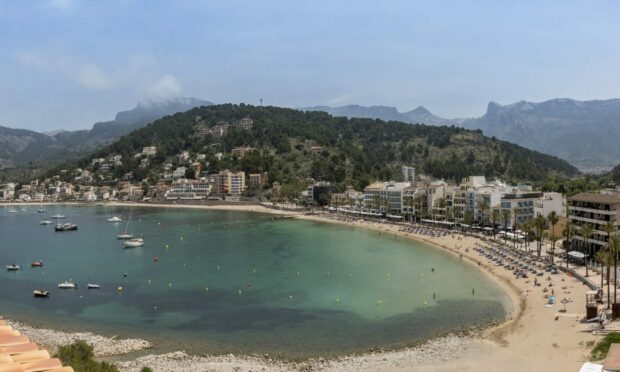

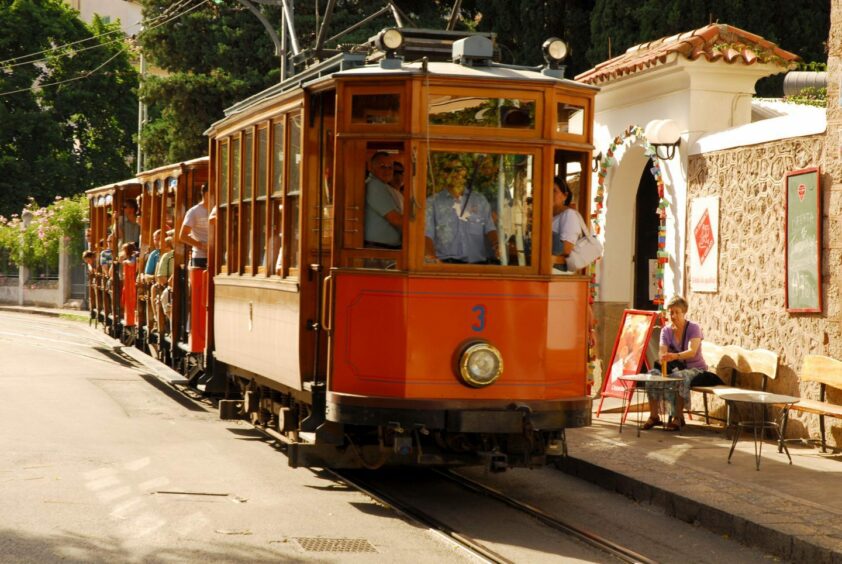
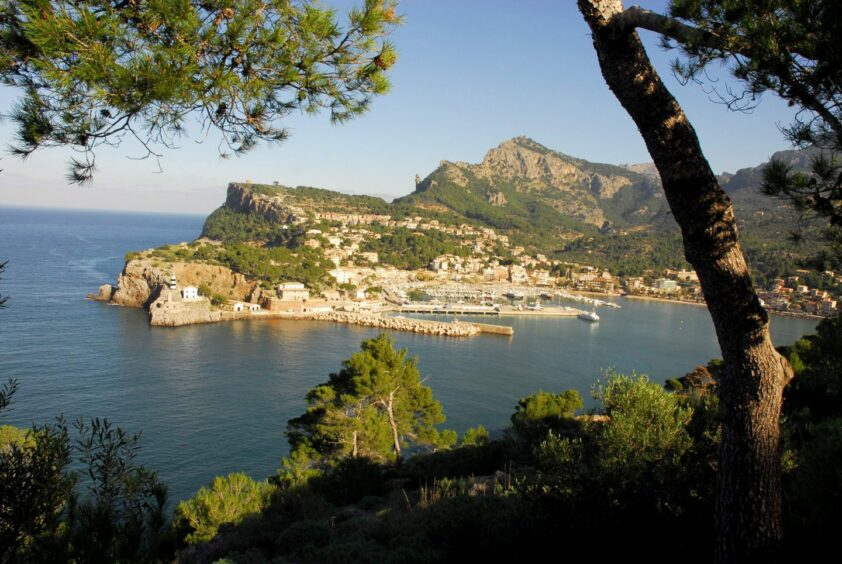
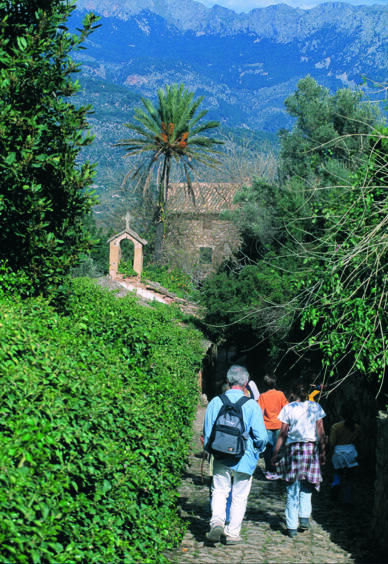
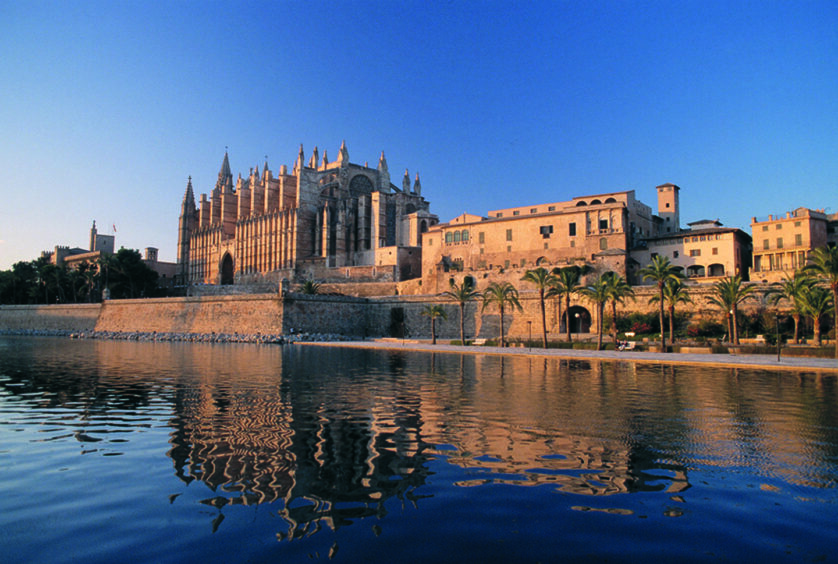
Conversation